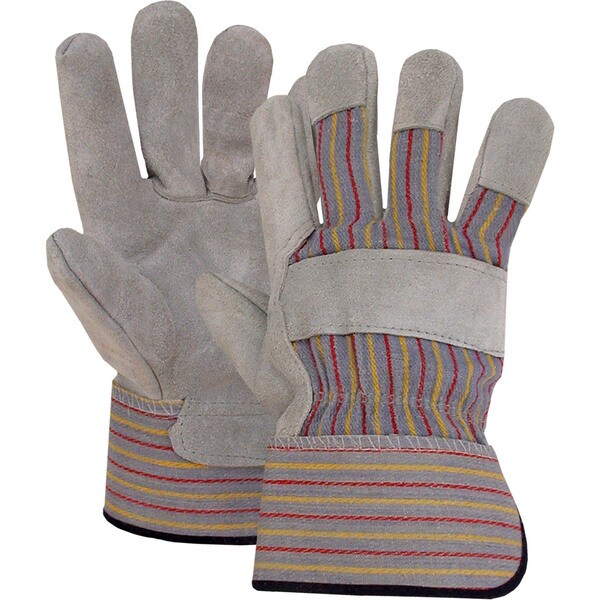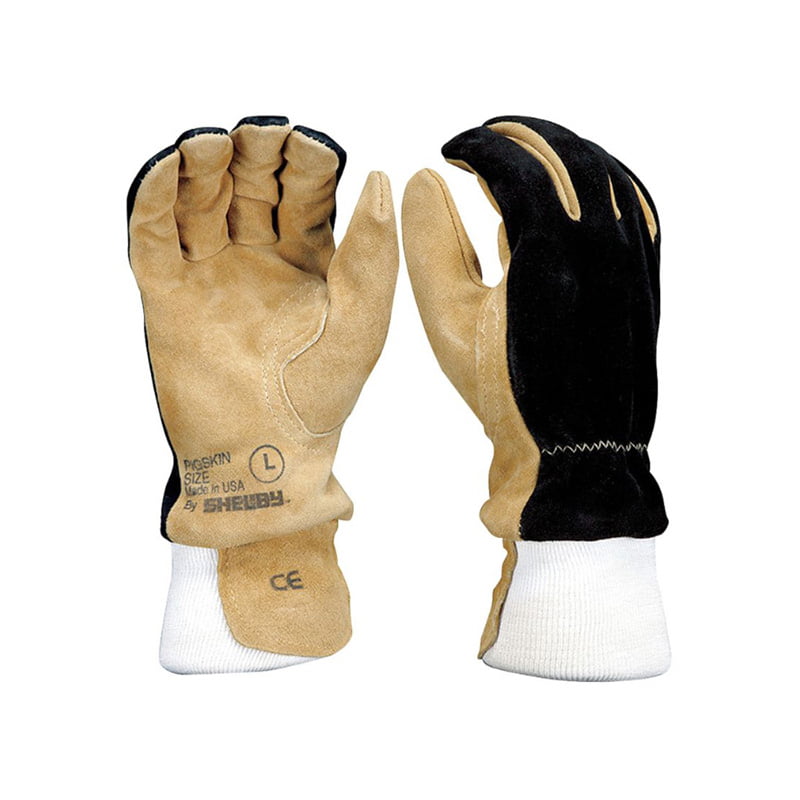
Therefore, some leathers are stretched more often than others but they have to be stretched to the right direction so they can be cut properly.
LEATHER GLOVES FOR MEN W CUT FINGERS SKIN
As you know, leather is a natural product and it needs a skilled hand and eye to know what to do with every different skin so we get a consistent product afterward.There are all sorts of specialized tools such as this knife, that is used to thin out and stretch the edges in a more extreme way than the rest. Second, glove leather has to be constantly pulled and stretched because that ensures that the glove is cut the right way and later on, you can move freely with your fingers no matter if you make a fist or keep your hands straight.We use a tool that is similar to a knife, and with a skilled person, to shave off those imperfections so they won’t show later on a finished glove. The first step when working with the leather is to remove imperfections from the back side.Yes! All peccary skins come from Peru but we found that our European tanners have a higher skill level and the final product is more consistent, softer, and has a better coloring. We get our sheepskin leathers which are supremely soft, have exactly the right thickness and properties, from Italy and our peccary leather from Germany. So you want something that is soft and stretchy so your hand can move freely. Once the pattern is completed, it’s time to work on the leather.įirst of all, you want a quality pair of glove leather not many tanners can actually produce that very specialized tanning process. Handmade in Hungary by Fort Belvedere Top-Notch Leather I wanted to show you the process so you get a deeper appreciation for what it means to have a quality piece of craftsmanship.įort Belvedere Driving Racing Gloves in Lamb Nappa Leather with White Buttons Piping and handwoven arrow. Because most people don’t know what it actually takes to make a pair of gloves, depending on what kind of glove you have, and how it’s sewn, it can take up to eight hours to make a single pair that doesn’t include the time to tend the leather. As well as Bordeaux, or green, or other colors.īecause I’m really into quality, I didn’t want a cheap pair of gloves, but the best ones money can buy. I wanted something in grey or chamois yellow which are classic staples of a man’s wardrobe. I wanted something that was bolder in colors. On the other hand, a quality glove is soft, stretchy and it looks very elegant when it’s on your hand.Ī few years back, I was sick and tired of the same old black and brown gloves and I decided to create my own line of Fort Belvedere gloves. You can’t really feel anything and they limit the range of movement. I’m sure you might think it’s just the leather and while it’s true that the leather of expensive gloves costs several times more than the retail price of cheap gloves, it is not just that. According to the recommendations, during an eight-hour workday, a worker should not be exposed to more than “one breathable glass fiber per cubic centimeter of air.” This is meant to ensure that there is enough airflow to prevent the inhalation of fiberglass.Unlined Gloves in Grey & Chamois Yellow by Fort Belvedere Cheap Gloves Vs High-End Gloves As of 1999, the Occupational Safety and Health Administration (OSHA) established guidelines for limiting workers’ exposure to fiberglass. In addition to personal actions you can take, there are federal rules for reducing exposure as well.

Wash your work clothes separately from other clothing in your household, and rinse the washing machine when you are finished.Once you are finished working, use a shop vacuum to clean up any microscopic fibers.If you are working with materials overhead, such as insulation, a head covering may be helpful.Wear leather gloves with a smooth finish and steel-toed boots while working.Opt for clothing that is tightly woven to prevent fiberglass particles from being able to reach your skin.Loose-fitted clothing will help prevent skin rubbing and irritation Wear loose-fitted clothing with long sleeves and pants to prevent your skin from coming in contact with the particles.Wear a mask and goggles to prevent particles from coming in contact with your eyes, nose, and mouth.Open a window to improve ventilation and air quality.

If you plan to work with home insulation, pipes or other fiberglass-containing materials, there are steps you can take to protect yourself:


 0 kommentar(er)
0 kommentar(er)
